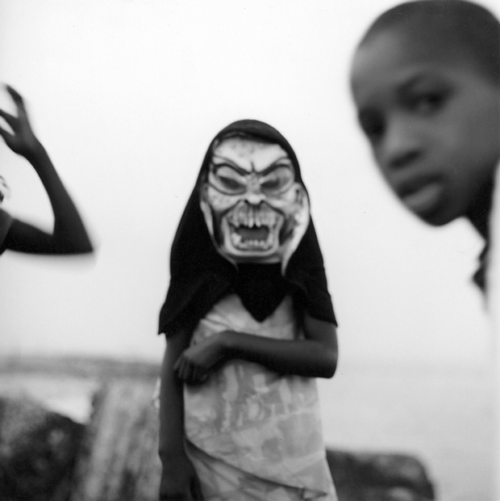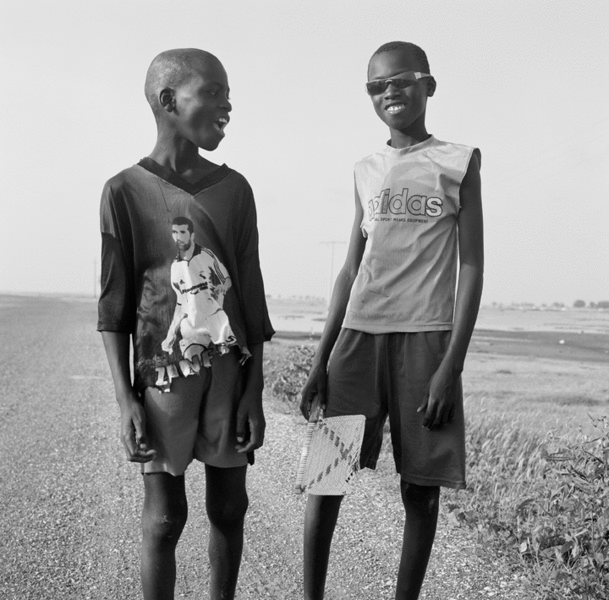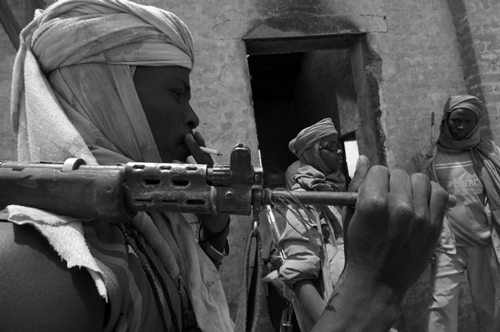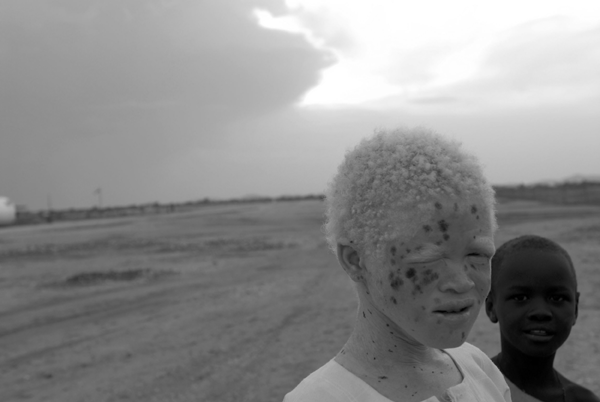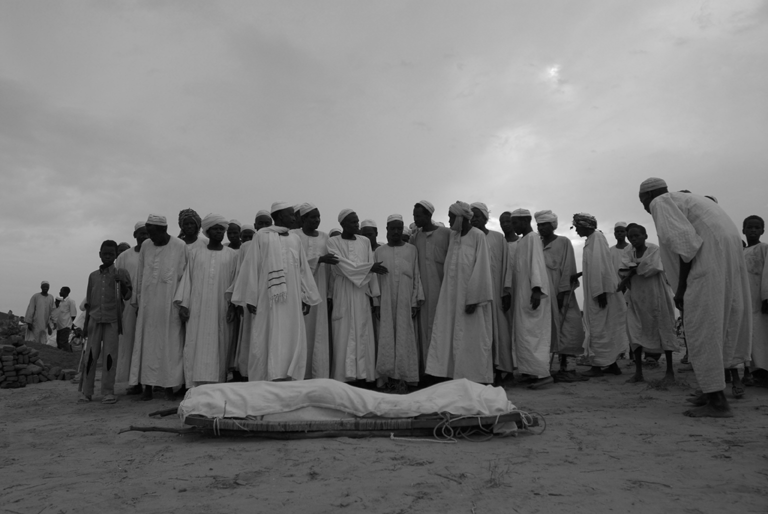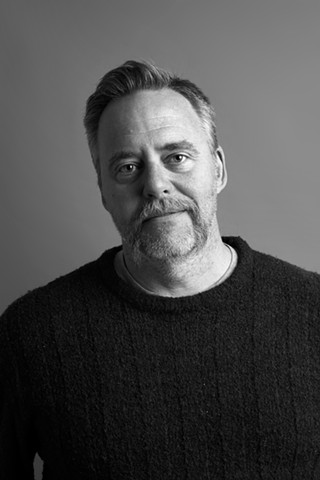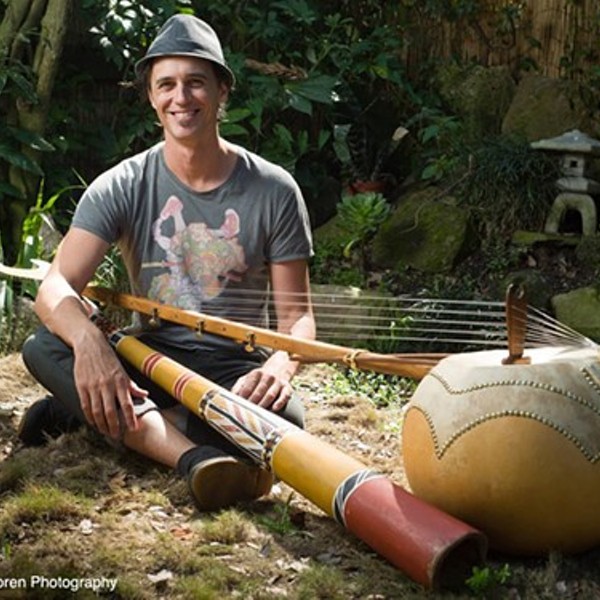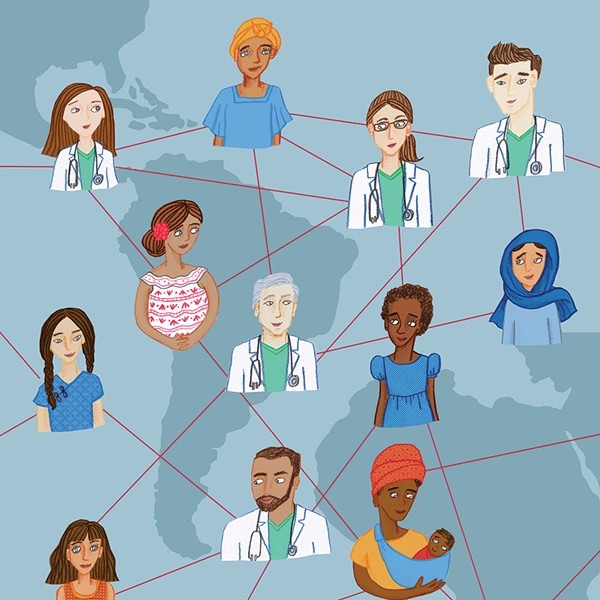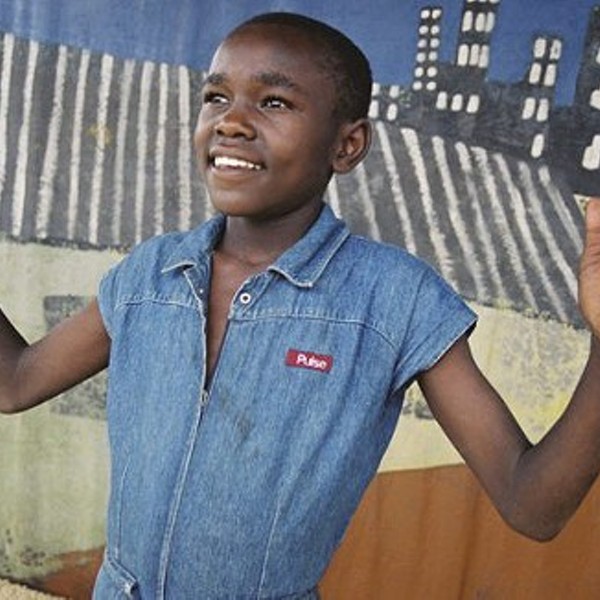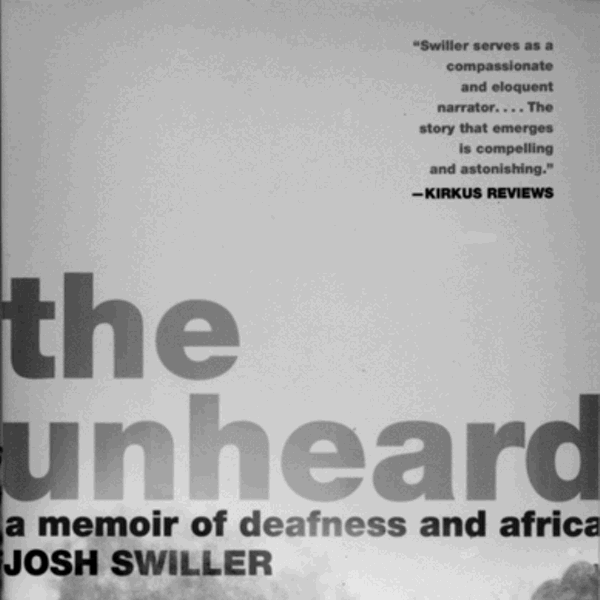A self-taught photographer, Feit moved to Dakar, Senegal, in 2005 when her partner was posted to the region. Her first assignment was photographing a bloodless coup in February of that year. Since that time, Feit has worked for numerous publications—including the New York Times, Time magazine, Le Monde, and the Christian Science Monitor, among others—in some of North Africa’s most troubled regions.
Feit’s photographs of Darfur, Togo, Senegal, and Ivory Coast were exhibited during January at the Kingston Museum of Contemporary Arts (KMoCA), 105 Abeel St., Kingston.Portfolio: www.feitphoto.com.
On being a self-taught photographer
There are a lot of rules I have had to learn through trial and error, which has been a combination of enjoyment and frustration. I have had to learn how to take criticism in a different way than if I had gone to art school, where showing your work and getting honest feedback is just part of the process. So developing the ability to look at my own work critically without letting it get me down is something that I am constantly struggling with.
On the other hand, I truly enjoy making pictures and it is something I take very seriously. So knowing how seriously to take the work has been a challenge too, as well as being self-taught. It took me a long time to realize—this is serious, what I am doing is important and I need to treat it that way in order to do my best work.
The best thing about photography is that it is usually accessible. Most people have the language to talk about it.
A shortsighted view of Africa
The conflict in Darfur is a good example, unfortunately, of many conflicts in Africa. It started as one thing—Arabs with the supposed support of the Sudanese government attacking black African tribes. Which in itself is in many ways very clear—one group of people as aggressors, the other as victims. Through the years it has gotten more complex and many of the groups who were fighting for independence or were working to protect themselves have now been fighting amongst themselves. I think that in talking with people about Africa and specifically about Darfur, it is very easy for people to sort of brush off the situation and say, “Oh, it’s tribal,” as if that gives some more information about what is actually happening. In some ways I think that is a very shortsighted way to look at problems in Africa—blowing them off by chalking everything up to these longstanding feuds. Yes, there are those, but like any situation in the world it requires some more effort to actually understand the conflict. What these people are fighting over is a more complicated story, and it often changes.
Malaria
Following events in Darfur, but also around the continent in places like the Democratic Republic of Congo, Sierra Leone, the Central African Republic—there is so much that needs to be done in all of these situations. There has been so much “never again” talk after Rwanda, and I think people mean that when they say it. However, there are so many problems beyond Darfur which get even less attention—like malaria. Not very sexy, but it is the number one killer of children in Africa. This is something that is highly treatable as well as being very preventable (with a $7 bed net). The current situation in the Democratic Republic of Congo or Sierra Leone—how are those places going to ever recover from long drawn-out conflicts? These are all issues that I think we have an obligation to pay attention to.
What is safe?
Last October, Feit worked on an assignment for the New York Times in Abidjan, the capital of Ivory Coast. A tanker hailing from Amsterdam had dumped 400 tons of toxic sludge in the city, sickening tens of thousands and killing seven. Feit’s photograph of a man in a white hazmat suit standing in a field of toxic waste appeared on the front page.—BKM
The toxic waste dumping story is a good example of going into a situation that is so completely shocking and infuriating. I wasn’t sure what to expect when we went there—the first place we went was a trash dump where a lot of the waste had been dumped but was also a place where a lot of people went to make their living off of collecting things like aluminum and plastic bags and selling them to middlemen who melt them down and make various things and resell them. So there was a huge dump with men in white suits cleaning on one side, and a few hundred meters away, people foraging in the dump. It was very surreal, because in a sense it is like a lot of things that you see here in West Africa—where there are people in a dangerous situation, but they are so focused on the immediate need to subsist that they can’t really make a judgment about what is “safe” or not.
A human face
What I see as my job when I go into a situation like Darfur is to try and show some connection with the people, to put a human face on a situation that is foreign to most of the world. If people can’t or don’t understand the events there—at least they see that there are people involved. And in many cases, especially in Sudan, there is this fascinating juxtaposition between this extreme and harsh landscape and the colors of people’s clothing, so in many ways it is very easy for me to be drawn to that instant beauty—and in turn, hopefully people see my photos as complex things and are spurred to take a second to try to understand the complexity of the situation.
Keeping out of the story
I think to a certain degree photojournalism can be used as an activism tool. But I think that as a photojournalist working in the mainstream press, I don’t see myself as an activist—rather someone trying to use images to tell a story. My effort is to keep myself out of that story, though it is another challenge.
Misery
I do, at times, feel overwhelmed by the misery here—but more often it comes through as frustration. More because in so many cases it is acute and there is not too much that can be done about it beyond trying to focus and do my job. I don’t say that as a cop-out but rather because I think that the more people understand about Africa, the more they can react with understanding. There is good as well as bad here—rich culture, art, humor, beauty, history—so I’m trying to do those stories as well. Though, ironically, it is the more “positive” stories that are more difficult to photograph.








